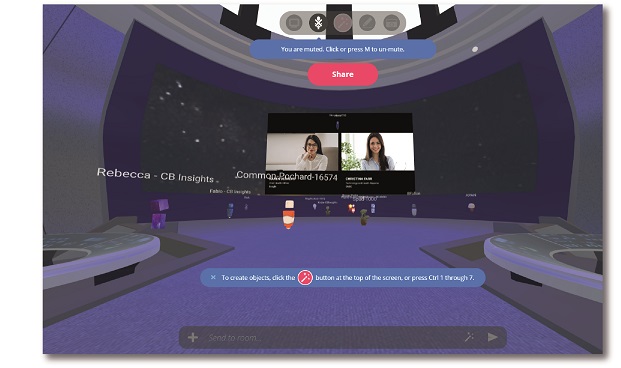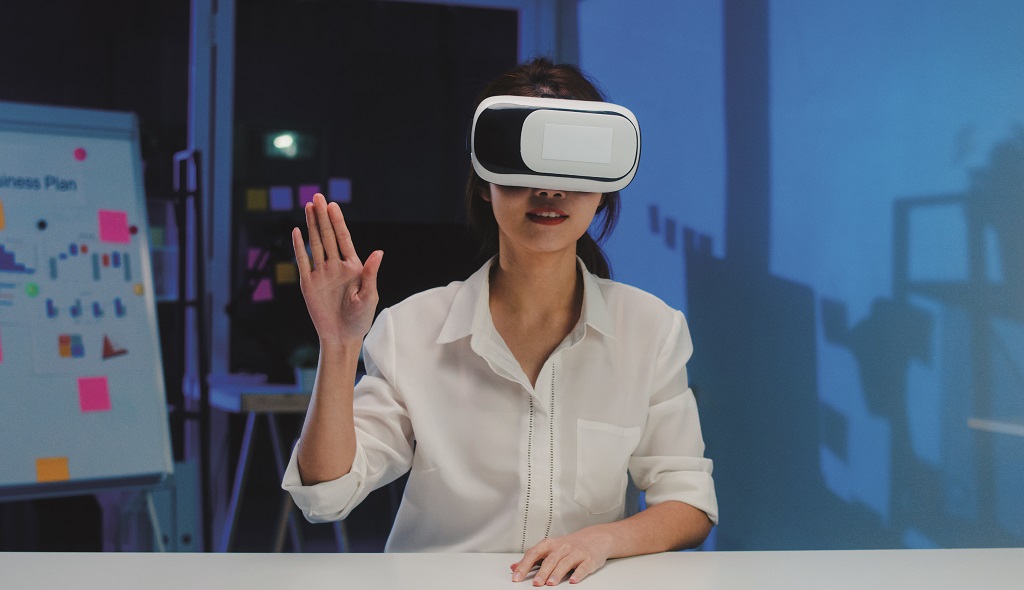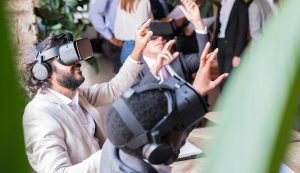Slowly but surely, virtual reality (VR) is starting to become a more noticeable presence in our lives. Especially in the workplace. When many people think of VR, they think of fun recreational applications, but they don’t expect VR to transform their careers. Companies are finding the current reality of VR and potential future applications can play an important role in the workplace.
When it comes to integrating VR into the workplace, the possibilities are endless. However, there are a few key benefits that companies are currently experimenting with that are worth considering.
Improving Corporate Training
One main benefit of using VR in the workplace, is that employee training and onboarding can benefit greatly from these applications. There are many ways VR can play a role in corporate training, from making basic training materials more engaging to allowing them to practice vital on the job skills in a safe environment. VR applications to e-learning can help increase information retention, can create low stakes practice opportunities, and can allow employees to fully visualize what certain work assignments and environments will look like.
Collaborating in Interactive Virtual Rooms

Remote teams can greatly benefit from the connection potential that VR can offer. With more and more employees working remotely than ever before, they may be struggling to communicate in their new digital environment. For example, some employers are embracing collaborative and interactive virtual rooms that utilize 3D visualization features enabled by VR to provide a better replica of in-person meeting experiences for remote employees. These rooms use spatial computing technology to help foster staff collaboration in a more realistic office environment and can allow them to perform more typical in-person teamwork activities, such as writing on a virtual whiteboard like they would in a real life conference room.
These 3D conference rooms can give employees the option of adding photos, videos, sticky notes, and text to a virtual white board in a way that feels collaborative and engaging. In these virtual rooms, employees may be able to see a 3D representation of an upcoming product design and they even have the potential to add notes directly to the 3D model in real time. These are just a few examples of how VR can make certain aspects of remote working feel less remote.
Creating Virtual Events

With countless in-person events cancelled in 2020 and with so much uncertainty about the future of large gatherings, VR provides a unique opportunity to overcome social distancing barriers. Those who run professional conferences in particular are eager to resume operations and VR can allow them to convert an in-person conference into a fully interactive virtual event.
Virtual avatars allow attendees to network digitally in a way that feels personal but also doesn’t require physical social interaction. Panelists can host sessions from simulated, 360° rooms where viewers watch and submit questions from the safety and comfort of their own homes. Conference hosts and guests can host in-depth technical tutorials, can present new products, and can initiate thought provoking conversations all with the help of VR.
Satisfying Social Needs
While working from home has its perks, there is no denying that it can get a bit lonely from time to time. VR provides a socially receptive environment for employees to interact with their colleagues by providing the possibility to feel like they’re in the same room together, even though they are in different locations. For most, the biggest struggle to adjusting to working remotely was missing the consistent social interaction a job can provide. Luckily, VR is ready to rise to the challenge of making working remotely feel more social.









